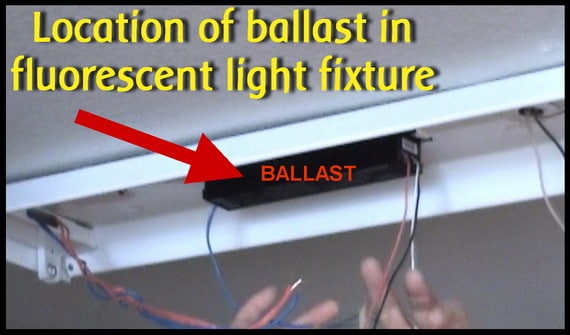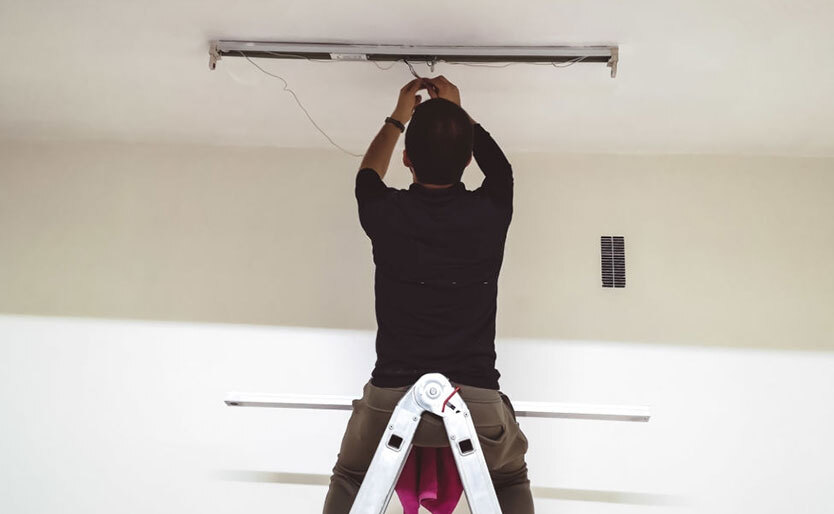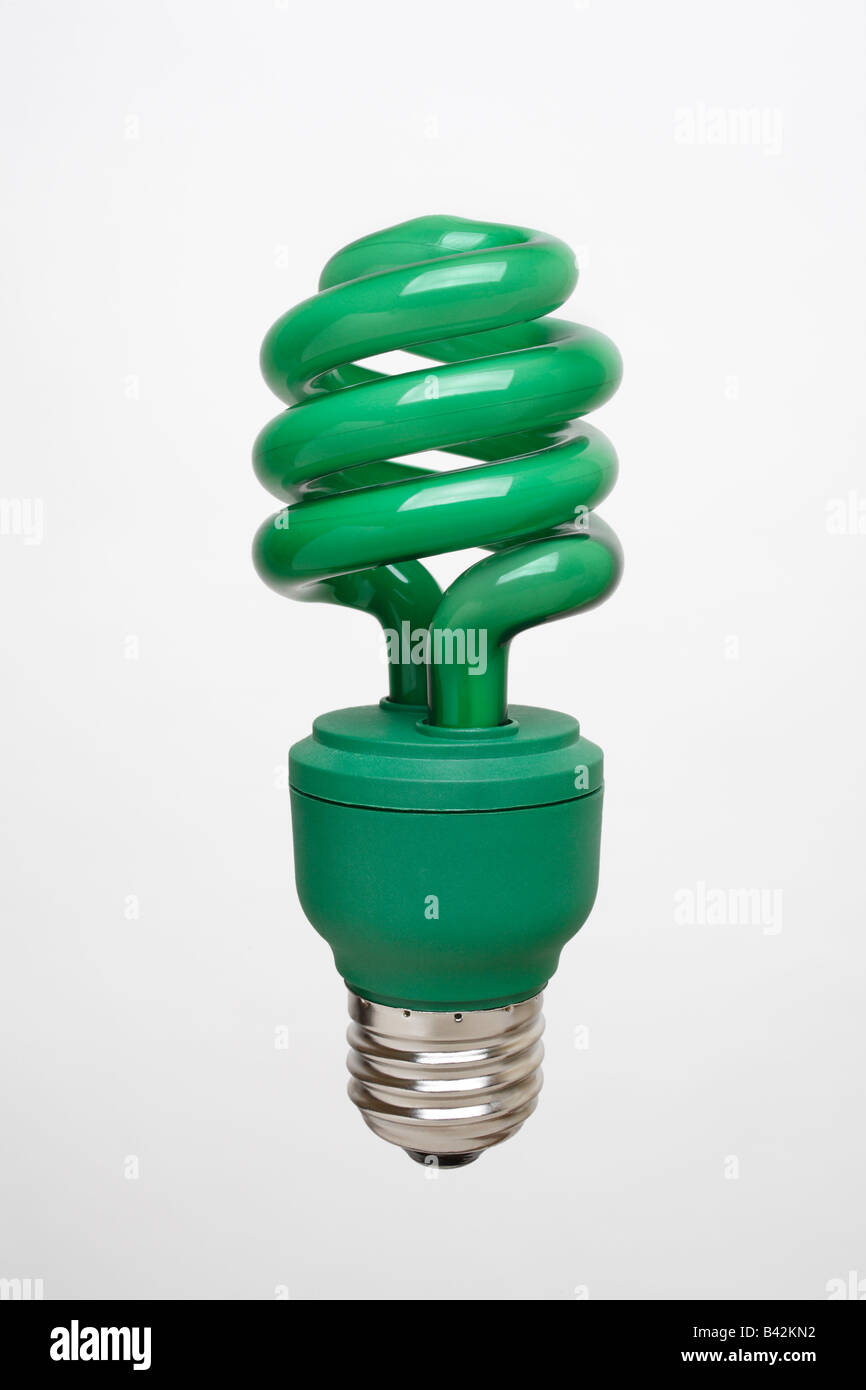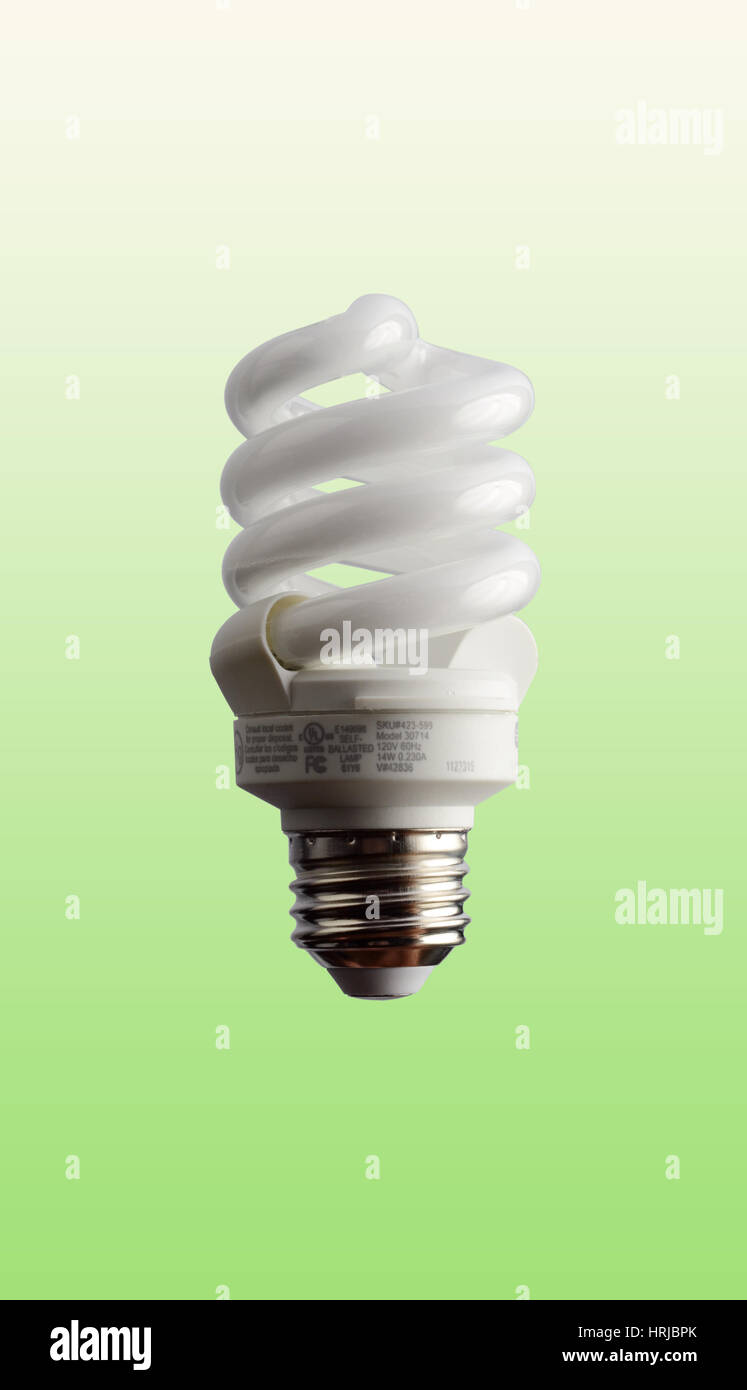If you have an outdated kitchen fluorescent light fixture, it may be time for an upgrade. These fixtures were once popular for their energy efficiency, but they can cause a lot of headaches with their frequent flickering and buzzing. Luckily, replacing a fluorescent light fixture is a relatively simple task that can improve the overall look and functionality of your kitchen.Replacing a Fluorescent Light Fixture in the Kitchen
Before replacing your kitchen fluorescent light fixture, it's worth trying to troubleshoot the issue first. One common problem is a flickering light. This can be caused by a loose bulb or a faulty ballast. Tightening or replacing the bulb may solve the issue. If the bulb is not the problem, it may be time to replace the ballast.How to Troubleshoot a Fluorescent Light Fixture
In addition to flickering, there are a few other common problems that can arise with fluorescent light fixtures. These include buzzing noises, dark areas on the bulbs, and difficulty turning on. These issues can be caused by a faulty starter, a burned out bulb, or a malfunctioning ballast. Troubleshooting and replacing these components can often solve these problems.Common Problems with Fluorescent Light Fixtures
If troubleshooting does not solve the issue and your fluorescent light fixture continues to flicker, it may be time to replace the ballast. This is the part of the fixture that regulates the electrical current and can easily be replaced with a new one. Be sure to turn off the power before attempting to replace the ballast.How to Fix a Flickering Fluorescent Light Fixture
To replace the ballast, first, remove the cover of the fixture and then unscrew and remove the bulbs. Next, locate the ballast and remove the wiring by unscrewing the wire nuts. Then, unscrew the ballast from the fixture and replace it with a new one. Finally, reattach the wiring and replace the bulbs to complete the installation.Replacing a Ballast in a Fluorescent Light Fixture
If your fluorescent light fixture is still functioning properly but the bulbs need to be replaced, it's important to do so correctly. These bulbs can be delicate and should be handled carefully. First, turn off the power to the fixture and let the bulbs cool down. Then, gently twist and remove the old bulbs and replace them with new ones.How to Replace a Fluorescent Light Bulb
Over time, dust and dirt can accumulate on your kitchen fluorescent light fixture, causing it to appear dull and dim. To clean it, first, turn off the power and let the bulbs cool down. Then, use a soft cloth or sponge and a gentle cleaning solution to wipe down the fixture. Be sure to dry it thoroughly before turning the power back on.How to Clean a Fluorescent Light Fixture
If you're looking to upgrade your kitchen lighting, consider installing a new fluorescent light fixture. First, turn off the power to the existing fixture and remove it. Then, attach the new fixture to the ceiling with screws, making sure it is securely in place. Finally, connect the wiring and screw in the bulbs to complete the installation.How to Install a Fluorescent Light Fixture
If your fluorescent light fixture is not functioning at all, it may be due to a broken component. This could be a faulty starter, ballast, or wiring. Depending on the issue, it may be possible to repair the fixture rather than replacing it entirely. However, if the fixture is old or the issue is complex, it may be more cost-effective to replace it.How to Repair a Broken Fluorescent Light Fixture
One way to avoid the common problems associated with fluorescent light fixtures is to upgrade to LED lighting in your kitchen. LED lights are energy-efficient, have a longer lifespan, and do not produce the same buzzing or flickering as fluorescent lights. This upgrade may require hiring an electrician, but the benefits of LED lighting make it well worth the investment. In conclusion, a kitchen fluorescent light fixture can cause a variety of problems, from flickering to buzzing and difficulty turning on. By troubleshooting and replacing faulty components, such as the ballast or bulbs, these issues can often be resolved. However, for a more permanent solution, consider upgrading to LED lighting. With proper maintenance and care, your kitchen lighting can improve the overall look and functionality of your space.How to Upgrade to LED Lighting in a Kitchen
Kitchen Fluorescent Light Fixture Problems: Causes and Solutions

The Importance of Kitchen Lighting
 The kitchen is often referred to as the heart of the home, and for good reason. It is a space where delicious meals are prepared, memories are made, and families gather together. As such, it is crucial to have proper lighting in the kitchen to ensure a functional and inviting space.
Kitchen fluorescent light fixtures
have been a popular choice for many homeowners due to their energy efficiency and bright light. However, like any other household appliance, they can encounter problems. In this article, we will discuss some common
kitchen fluorescent light fixture problems
and how to solve them.
The kitchen is often referred to as the heart of the home, and for good reason. It is a space where delicious meals are prepared, memories are made, and families gather together. As such, it is crucial to have proper lighting in the kitchen to ensure a functional and inviting space.
Kitchen fluorescent light fixtures
have been a popular choice for many homeowners due to their energy efficiency and bright light. However, like any other household appliance, they can encounter problems. In this article, we will discuss some common
kitchen fluorescent light fixture problems
and how to solve them.
Common Problems with Kitchen Fluorescent Light Fixtures

1. Flickering Lights
One of the most common problems with kitchen fluorescent light fixtures is flickering lights. This can be caused by a variety of factors, such as loose or faulty wiring, a defective ballast, or a dying light bulb. If the issue is not resolved, it can not only be annoying but also lead to headaches and eye strain. To solve this problem, make sure all the wiring is secure and replace any damaged components. If the issue persists, it may be time to replace the entire fixture.2. Buzzing or Humming Noises
Another issue that homeowners may encounter with their kitchen fluorescent light fixtures is buzzing or humming noises. This can be caused by a loose ballast or mounting screws, a faulty starter, or a dying bulb. These noises can be quite distracting and disrupt the peaceful atmosphere of the kitchen. To fix this, check all the screws and tighten them if necessary. If the noise continues, try replacing the starter or the light bulb.Solutions to Kitchen Fluorescent Light Fixture Problems


























:max_bytes(150000):strip_icc()/analyzing-light-fixture-problems-1152833-hero-5a3b3e1c9fbb43778b89be1cf9673fb9.jpg)




/74951372-58a476fa5f9b58819c8ec649.jpg)






:max_bytes(150000):strip_icc()/fix-a-flickering-light-bulb-4123638_hero_31625-c30e217bfa4b4525968b4628c03e5954.jpg)






:max_bytes(150000):strip_icc()/SPR-ballast-gone-ballistic-1152461-hero-f0a1c039d31a4d9aa074ed25f4675762.jpg)











































:max_bytes(150000):strip_icc()/BrokenFluorescentTube-172fb6f37daf49d185f9fcd401a7a6da.jpg)

:max_bytes(150000):strip_icc()/remove-base-of-broken-lightbulb-2175008-Hero-f49eff47dd794e33ba89ef353af92420.jpg)

















